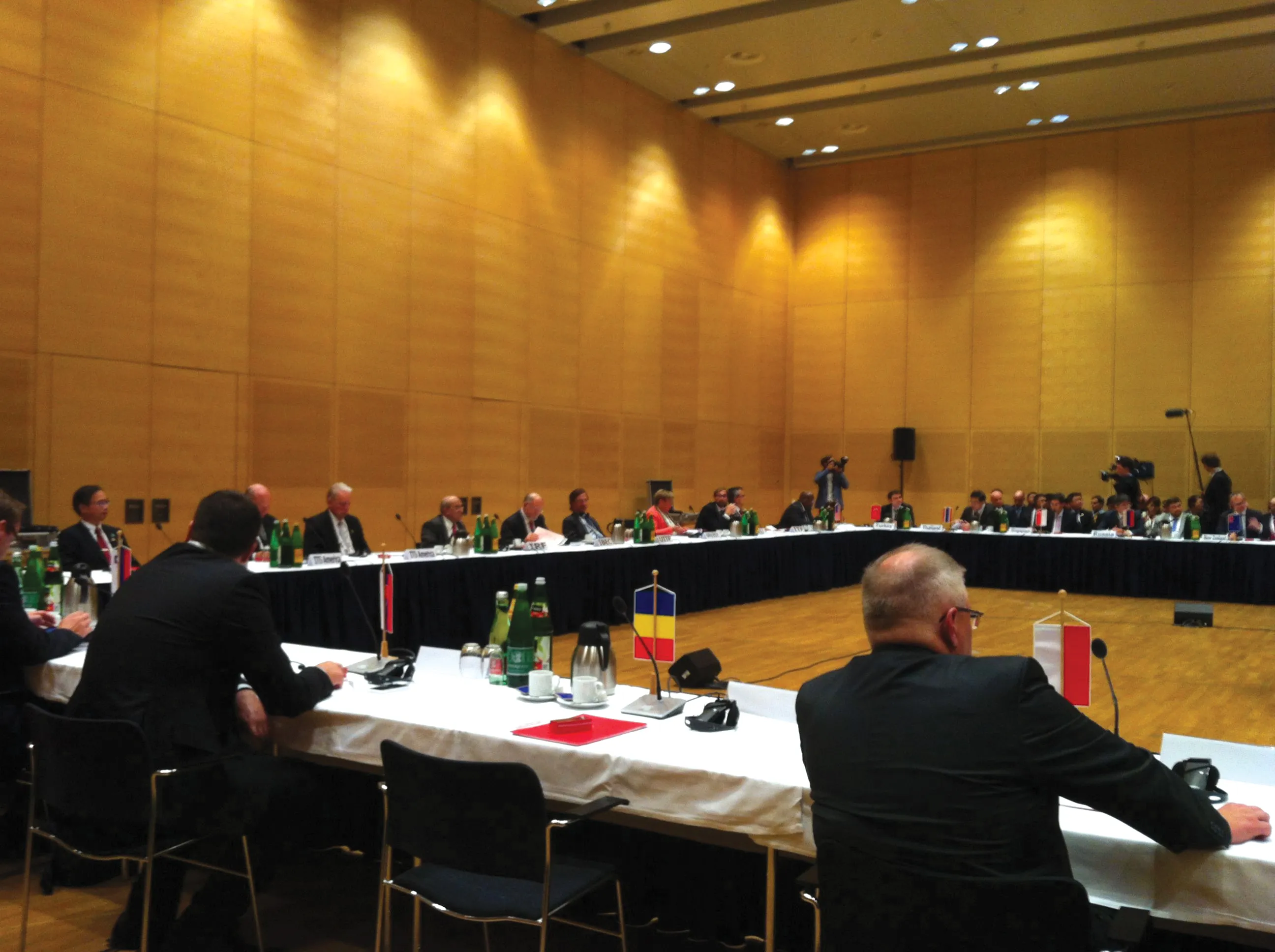Main roads that are now overseen by local authorities would share the National Roads Fund that is financed by the VED – vehicle excise duty - which was previously envisaged to be ring-fenced for national routes. The VED was around €6.6 billion for 2016-17.
Roads covered by the strategy are the A-class highways.
The deal is part of an investment strategy unveiled by transport secretary Chris Grayling. It aims to improve productivity and connectivity of towns and cities to give an economic boost to areas outside the heavily populated southeast area that includes London and major sea ports.
“The transport investment strategy sets out a blueprint for how we can harness the power of transport investment to drive balanced economic growth, unlock new housing projects, and support the government’s modern industrial strategy,” said Grayling.
The proposals for the Major Road Network respond to %$Linker:
The UK government is investing more than €69 billion up to 2020-21 improving national transport infrastructure, including road, rail, air terminals.
UK creates Major Road Network designation for A-class highways
The UK government plans to create of a Major Road Network class of highway which would tap into the multi-million euro annual National Road Fund. Main roads that are now overseen by local authorities would share the National Roads Fund that is financed by the VED – vehicle excise duty - which was previously envisaged to be ring-fenced for national routes. The VED was around €6.6 billion for 2016-17. Roads covered by the strategy are the A-class highways. The deal is part of an investment strategy unveiled b
July 10, 2017
Read time: 2 mins
The UK government plans to create a Major Road Network class of highway which would tap into the multi-million euro annual National Road Fund.








